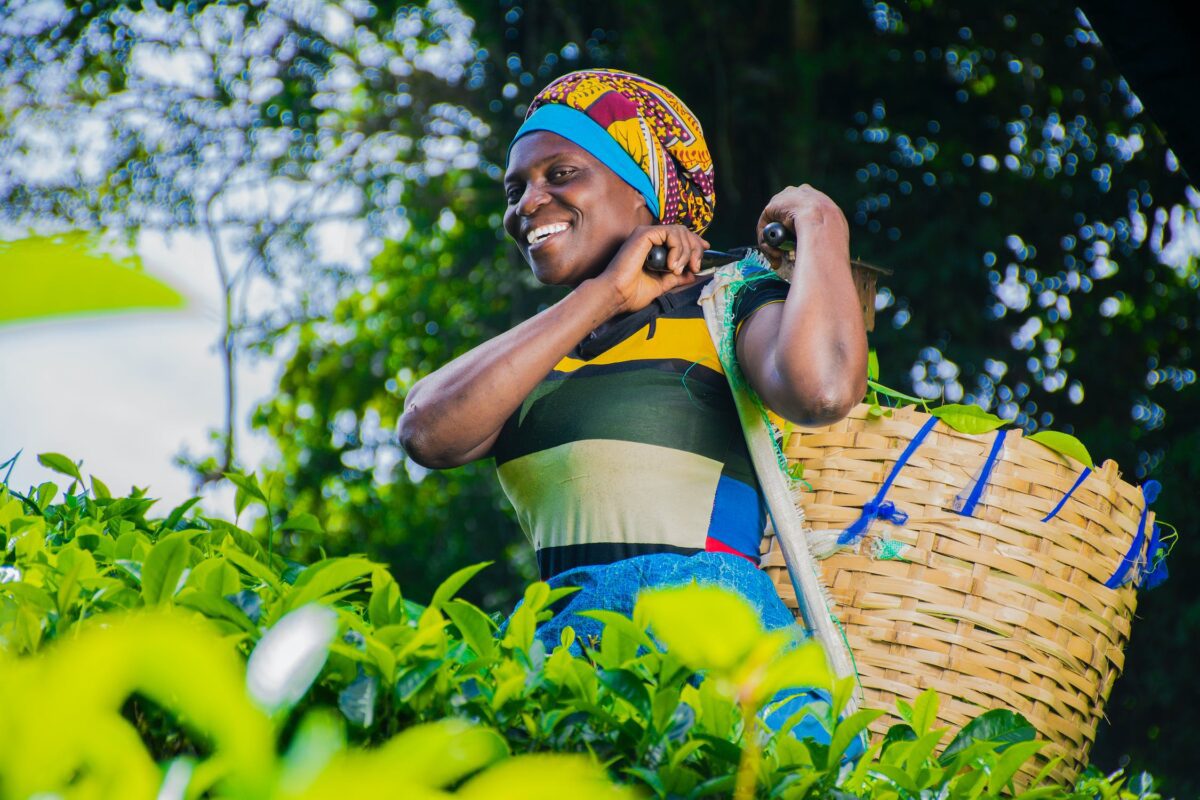Boon for Kenyan Tea Farmers as they are set to Receive a Bonus Payout

Kenyan smallholder tea farmers are gearing up to receive a staggering KSh.44.15 billion in bonus payments, marking an all-time high for the sector. These payments are set to be disbursed over the next two weeks, by the Kenya Tea Development Agency (KTDA) to recipients in its 54 affiliated factories, which serve approximately 600,000 farmers.
This impressive bonus payout is set to elevate the total earnings of tea farmers by a remarkable 7.6 percent, reaching an unprecedented KSh.67.7 billion for the fiscal year ending June 30. A key driver of this substantial growth is the improved performance of tea prices on the international market, with the average selling price surging to KSh.341 per kilogram, up from KSh.311 in previous years. As a result, tea farmers are expected to pocket an average of KSh.59.02 per kilo of green leaf sold, reflecting a substantial 17.6 percent increase from last year’s figure of KSh.50.18.
“This year’s record-breaking payout for smallholder farmers can be attributed to a combination of factors, including increased sales volume, astute cost management, and a favorable foreign exchange regime. Furthermore, the surge in sales of orthodox tea has significantly contributed to higher earnings, with 10 million kilograms of orthodox tea sold compared to a mere three million kilos in the previous year,” shared KTDA’s Head of Corporate Affairs, Ndiga Kithae.
Remarkably, this increase in earnings occurred in the face of a notable nine percent decline in green leaf production. The year ending June witnessed a drop in green leaf production to 1.145 billion kilograms, down from 1.254 billion kilograms in the previous year, marking the lowest output since 2019. Drought conditions and a lack of adequate rainfall contributed to a 1.6 percent contraction in the agricultural sector.
Notably, Kiambu County was among the hardest-hit areas, with factories in Kambaa, Kagwe, Gacharage, and Nduti experiencing a decline in output by 15.2 percent. Similarly, Kericho and Bomet counties experienced a 14.3 percent reduction, while Kisii and Nyamira saw an 8.5 percent decline.
Breaking down the green leaf payout, farmers in the Kericho and Bomet regions are set to receive the largest share, amounting to KSh.16.1 billion, after supplying an impressive 305.4 million kilograms during the cycle. Smallholder farmers served by factories in Kapkoros, Tirgaga, Olenguruone, and Motigo will collectively receive KSh.4.9 billion from the total payout, marking the highest payment by sub-region.
In a close second, growers in the Kiambu region will collectively earn a total of KSh.12.8 billion, followed by Kirinyaga-Embu (KSh.10.4 billion), Meru (KSh.9.6 billion), Muranga-Nyeri (KSh.8.9 billion), Kisii-Nyamira (KSh.7.5 billion), and Vihiga-Kakamega-Nandi (KSh.2 billion).
The improved pricing for green leaf shows the ongoing reforms within the tea sector. The introduction of a minimum tea price/reserve price at the Mombasa auction in July 2021 has played a pivotal role in ensuring that farmers’ teas are not sold below a certain price point, thus translating into higher earnings per kilo of sold tea.
Furthermore, the favorable exchange rate, with green leaf sold in the international market in dollar terms, has also contributed to enhanced earnings in comparison to local currency terms.



